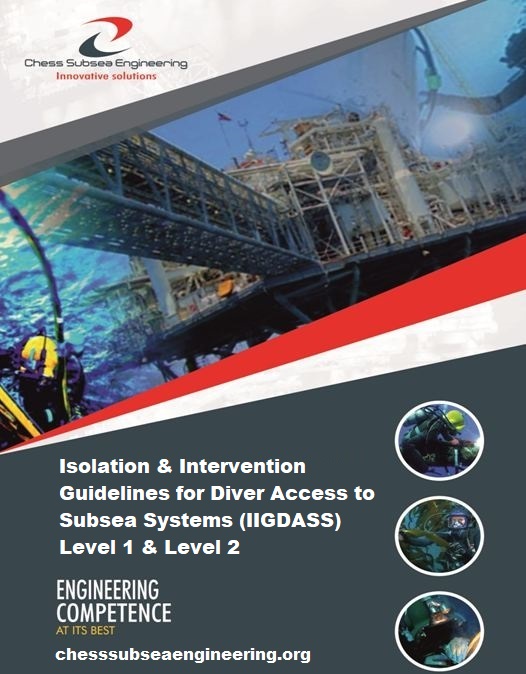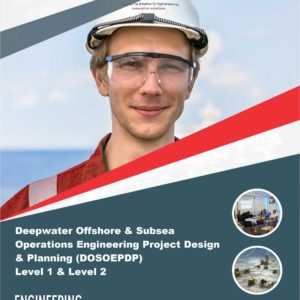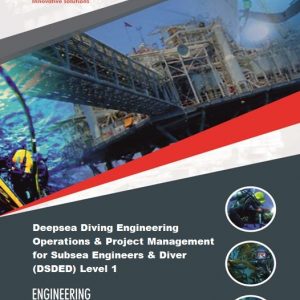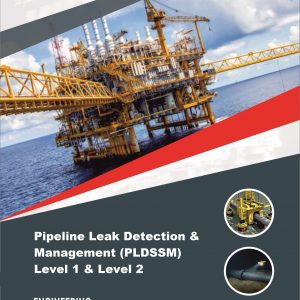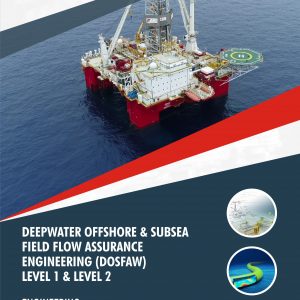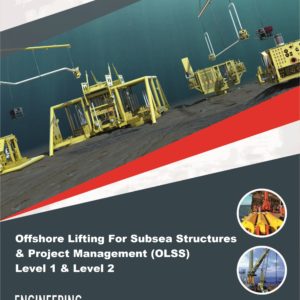Description
The Isolation & Intervention Guidelines for Diver Access to Subsea Systems (IIGDASS) Level 1 & Level 2 course is a comprehensive training program that focuses on providing in-depth knowledge and practical skills related to the implementation of isolation and intervention techniques in subsea operations
The Isolation & Intervention Guidelines for Diver Access to Subsea Systems (IIGDASS) Level 1 & Level 2 course is designed to provide divers and diving supervisors with comprehensive knowledge and skills based on the International Marine Contractors Association (IMCA) guidelines for isolation and intervention in subsea systems.The course focuses on theoretical understanding, practical applications, safety procedures, and emergency response planning in subsea operations.
Isolation & Intervention Guidelines for Diver Access to Subsea Systems (IIGDASS) Level 1 & Level 2 covers Overview of IMCA and its role in the industry, IMCA Guidelines for Diver Access to Subsea Systems, Importance of following industry best practices, Overview of Diver Access to Subsea Systems and their components, Understanding the functions and interconnections, Key terminology and terminology used in IMCA guidelines, Purpose and objectives of Diver Access to Subsea Systems Isolation, Types of Diver Access to Subsea Systems isolation methods and their applications Step-by-step procedures for Diver Access to Subsea Systems Isolation operations, Risk assessment and management in Diver Access to Subsea Systems Isolation procedures, Comprehensive overview of intervention equipment and tools for Diver Access to Subsea Systems Isolation, Selection criteria and considerations for different scenarios of Diver Access to Subsea Systems Isolation, Proper usage, maintenance, and inspection procedures for Diver Access to Subsea Systems Isolation, Safety precautions when handling intervention equipment for Diver Access to Subsea Systems Isolation, Safety regulations and standards for Diver Access to Subsea Systems operations, Personal protective equipment (PPE) requirements for Diver Access to Subsea Systems, Hazard identification, risk assessment, and mitigation for Diver Access to Subsea Systems, Emergency procedures and contingency planning for Diver Access to Subsea Systems, Analysis of real-life incidents related to Diver Access to Subsea Systems Isolation and intervention, Lessons learned and best practices for Diver Access to Subsea Systems Isolation, Root cause analysis and preventive measures for Diver Access to Subsea Systems Isolation, Responsibilities of a diving supervisor for Diver Access to Subsea Systems isolation and intervention operations,Communication and coordination with the dive team for Diver Access to Subsea Systems operations, Monitoring and maintaining safety during Diver Access to Subsea Systems operations, Post-dive debriefing and documentation, Case studies of divers subsea systems isolation and intervention operations, Case studies of divers subsea systems isolation and intervention operations JSA, Case studies of divers subsea systems isolation and intervention operations Risk Assessment and more.
Course Outlines
Overview of IMCA and its role in the industry
Introduction to IMCA Guidelines for Diver Access to Subsea Systems
Importance of following industry best practices
Overview of Diver Access to Subsea Systems and their components
Understanding the functions and interconnections
Key terminology and terminology used in IMCA guidelines
Purpose and objectives of Diver Access to Subsea Systems Isolation
Types of Diver Access to Subsea Systems isolation methods and their applications
Step-by-step procedures for Diver Access to Subsea Systems Isolation operations
Risk assessment and management in Diver Access to Subsea Systems Isolation procedures
Comprehensive overview of intervention equipment and tools for Diver Access to Subsea Systems Isolation
Selection criteria and considerations for different scenarios of Diver Access to Subsea Systems Isolation
Proper usage, maintenance, and inspection procedures for Diver Access to Subsea Systems Isolation
Safety precautions when handling intervention equipment for Diver Access to Subsea Systems Isolation
Safety regulations and standards for Diver Access to Subsea Systems operations
Personal protective equipment (PPE) requirements for Diver Access to Subsea Systems
Hazard identification, risk assessment, and mitigation for Diver Access to Subsea Systems
Emergency procedures and contingency planning for Diver Access to Subsea Systems
Importance of emergency response planning in Diver Access to Subsea Systems operations
Roles and responsibilities of dive team members for Diver Access to Subsea Systems Isolation emergencies
Emergency communication protocols for Diver Access to Subsea Systems Isolation
Contingency plans for equipment failure and diver emergencies for Diver Access to Subsea Systems Isolation
Analysis of real-life incidents related to Diver Access to Subsea Systems Isolation and intervention
Lessons learned and best practices for Diver Access to Subsea Systems Isolation
Root cause analysis and preventive measures for Diver Access to Subsea Systems Isolation
Responsibilities of a diving supervisor for Diver Access to Subsea Systems isolation and intervention operations
Communication and coordination with the dive team for Diver Access to Subsea Systems operations
Monitoring and maintaining safety during Diver Access to Subsea Systems operations
Post-dive debriefing and documentation
Case studies of divers subsea systems isolation and intervention operations
Case studies of divers subsea systems isolation and intervention operations JSA
Case studies of divers subsea systems isolation and intervention operations Risk Assessment
Isolation, intervention, and installation of subsea components such as flowlines, manifolds, trees, and wellhead systems
Case study of Assessment Flow-Charts and Tables for Safe Working considering bulk subsea tie in
Assessment
Participant underpinning knowledge of Isolation & Intervention Guidelines for Diver Access to Subsea Systems will be accessed with short answer multiple-choice questionnaire at the conclusion of the course.
Outcome
Participants will gain an in debt understanding of Isolation & Intervention Guidelines for Diver Access to Subsea Systems.They will also implement knowledge gained with minimum supervision while conducting IMR diving operations on Subsea systems
Professional Certificate
Issued directly by Chess Subsea Engineering Europe.
Participant may be presented for Offshore Petroleum Training Organization (OPITO) Certification.
How to Register
Click here to download registeration booklet on msword and email completed booklet to info@chesssubseaengineering.org directly.





